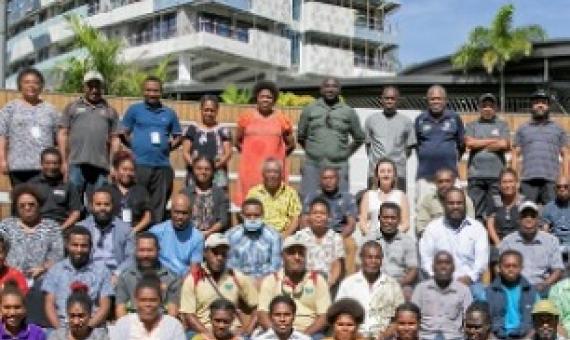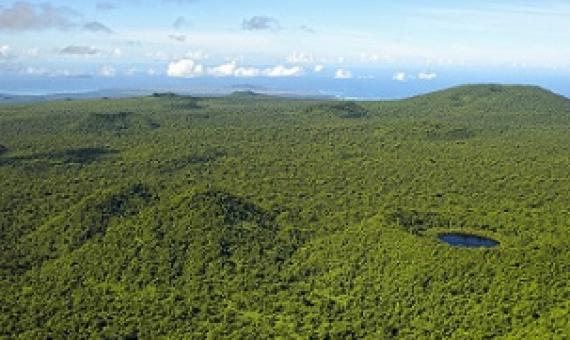Pacific Islands Framework for Nature Conservation and Protected Areas 2021-2025
This new Pacific Islands framework for Nature Conservation and Protected Areas 2021-2025 was endorsed during the conference and subsequently at the 30th SPREP Meeting by 26 members countries and territories in 2021. It reflects the urgent need for transformative action in response to the multiple accelerating threats, both established and emerging, that are faced by nature and people in the Pacific. It identifies the key regional priorities for action which form the six Strategic Objectives for the Framework.









